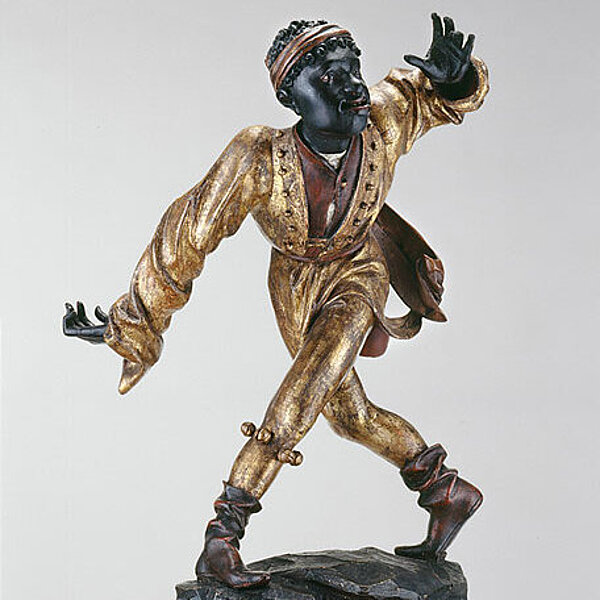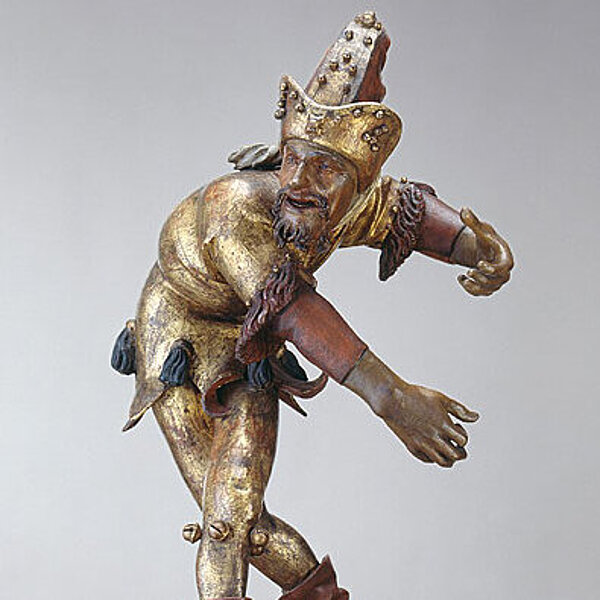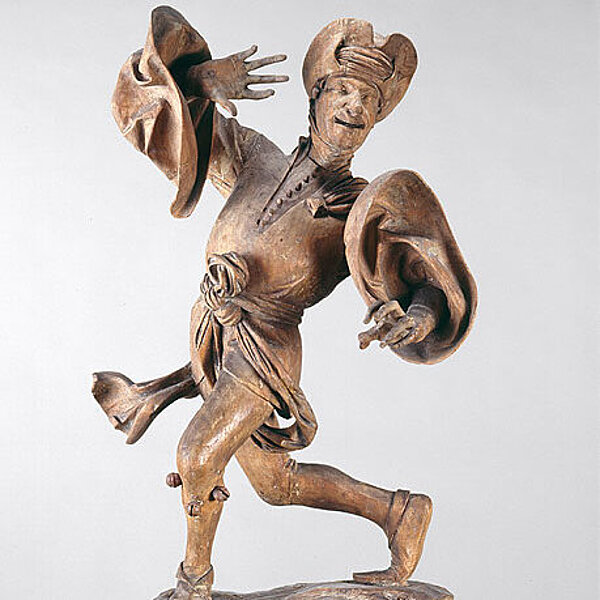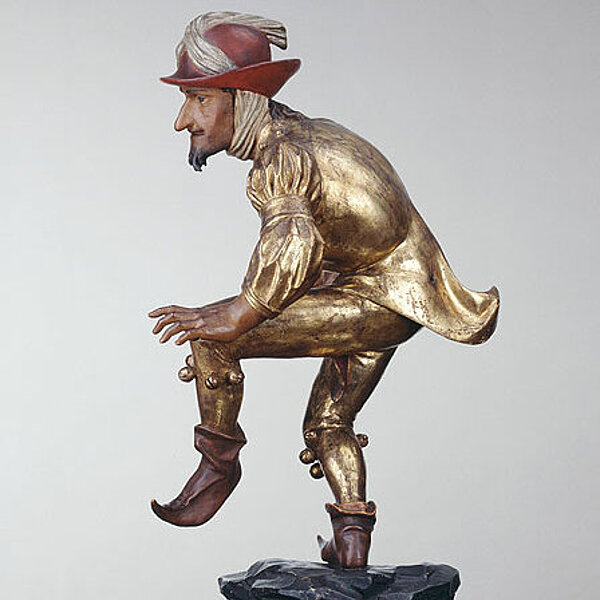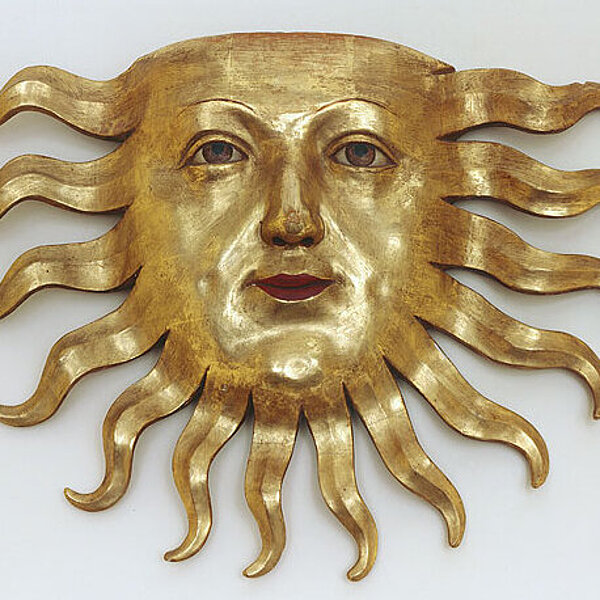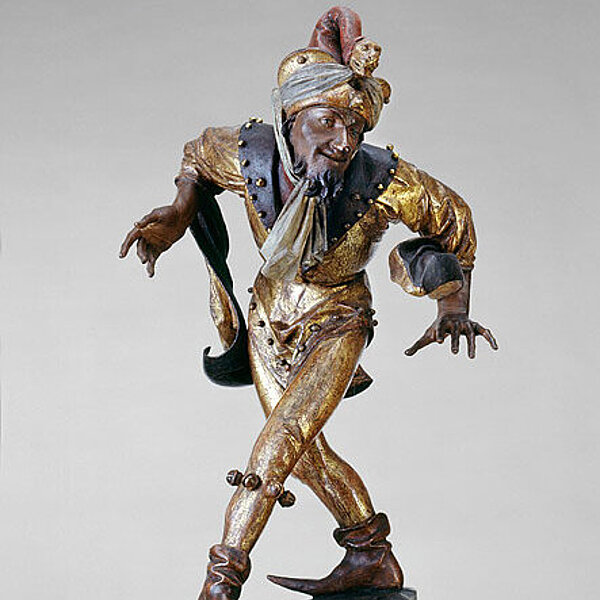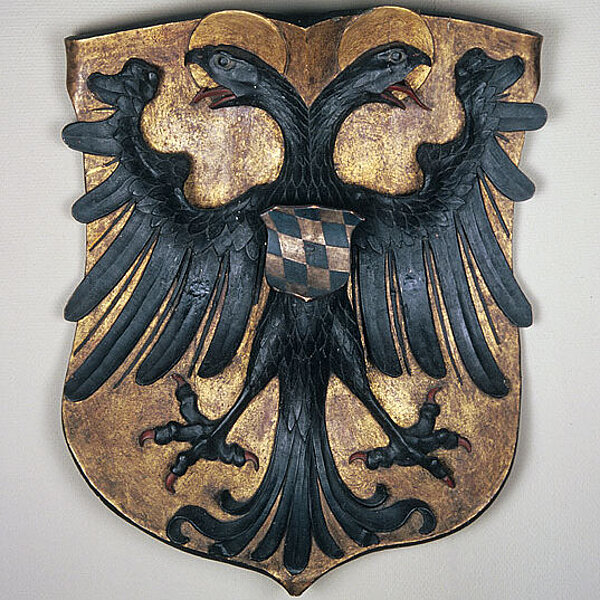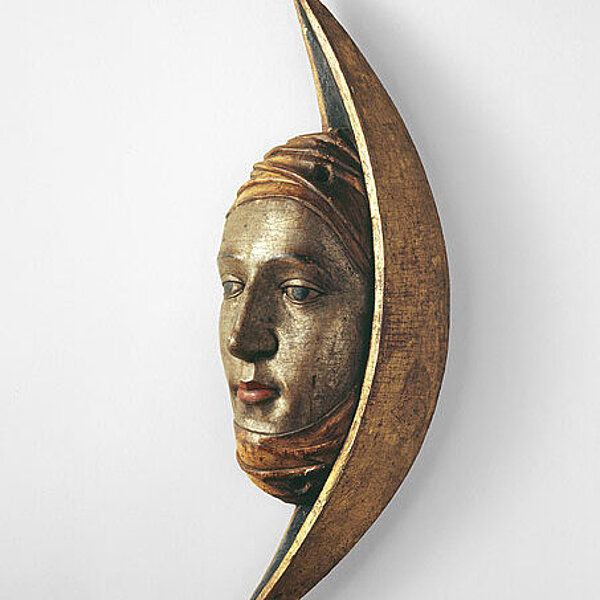The Morris Dancers
Made by the sculptor Erasmus Grasser in 1480, the Morris Dancers rank among the most valuable items in the Münchner Stadtmuseum's collections. The name given to the figures most likely derives from leap dances developed by the Moors which were later performed at the major European courts.
The first recorded mention of Erasmus Grasser dates back to 1475. In a submission to the Munich City Council during that year, the guild of "Painters, Carvers, Embroiderers and Glaziers" sought to prevent the young sculptor from the Palatinate from being granted the status of "Master Craftsman". In their document, Grasser is characterized as a "disruptive, promiscuous and disingenuous knave".
Despite this, he evidently caught the eye with his innovative and unfamiliar style in Munich, and shortly afterwards was awarded a highly lucrative assignment from the city authorities. For the "Dance Hall" (now "Old City Hall") that Jörg von Halsbach had been building since 1470, Grasser made eleven coats of arms plus the symbols for the sun and the moon. In 1480 he received payment for his figures of sixteen Morris Dancers – part of a heraldic ceiling designed to historically legitimize Duke Albrecht IV of Bavaria's grandiose leadership aspirations. The conceptual design for the hall's ceiling was most likely created by Ulrich Fuetrer (1430-1496), a well-known painter, historian and writer. He had envisaged the arms of Emperor Ludwig the Bavarian (with its imperial eagle and the white and blue heart shield of the Wittelsbach dynasty) at the crown of the barrel-vaulted ceiling. This coat of arms, originally surrounded by a corona, was aligned cosmologically with the sun and moon images. The emperor’s new aspirations of leadership were represented by a frieze which, with almost one hundred other coats of arms, was designed to symbolize the entire planet. The Morris Dancers too, ten of which have survived until the present day, were originally part of this frieze. They stood on consoles at a height of five meters at the intersection between the walls and wooden ceiling.
The figures were removed to the safety of the museum in 1931 and the coats of arms in 1942 before the hall was destroyed in World War II. They have been replaced by copies in the hall which, following its restoration, is now used for municipal functions and banquets.
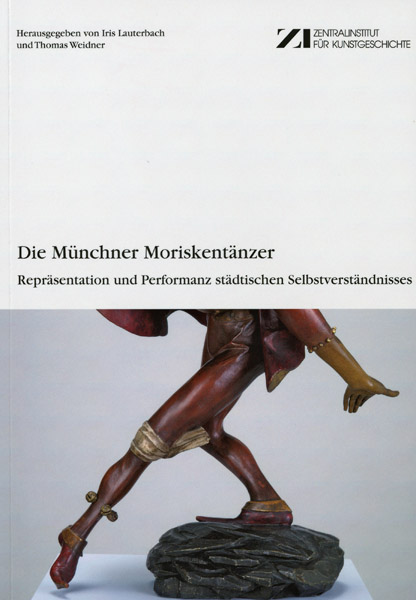
Publication
The publication about the Morris dancers investigates a number of unanswered questions and is edited by Iris Lauterbach and Thomas Weidner. It is Volume 32 in the series "Publications of the Central Institute for Art History in Munich" and available in German.
“Die Münchner Moriskentänzer. Repräsentation und Performanz städtischen Selbstverständnisses” can be purchased at the museum cashier, Zentralinstitut für Kunstgeschichte in München or in our online shop for € 20.
Plan Your Visit
Opening hours
Although the Münchner Stadtmuseum's exhibitions closed on January 8, 2024, for a complete renovation, the cinema and the Stadtcafé will remain open to visitors until June 2027.
Information to Von Parish Costume Library in Nymphenburg
Filmmuseum München – Screenings
Tuesday / Wednesday 6.30 pm and 9 pm
Thursday 7 pm
Friday / Saturday 6 pm and 9 pm
Sunday 6 pm
Contact
St.-Jakobs-Platz 1
80331 München
Phone +49-(0)89-233-22370
Fax +49-(0)89-233-25033
E-Mail stadtmuseum(at)muenchen.de
E-Mail filmmuseum(at)muenchen.de
Ticket reservation Phone +49-(0)89-233-24150

